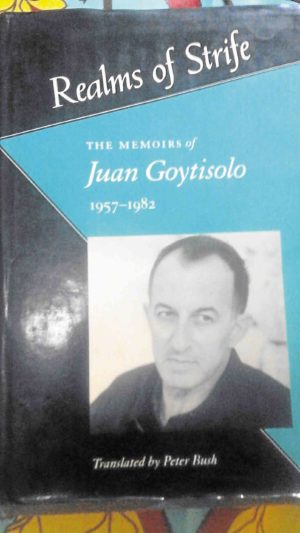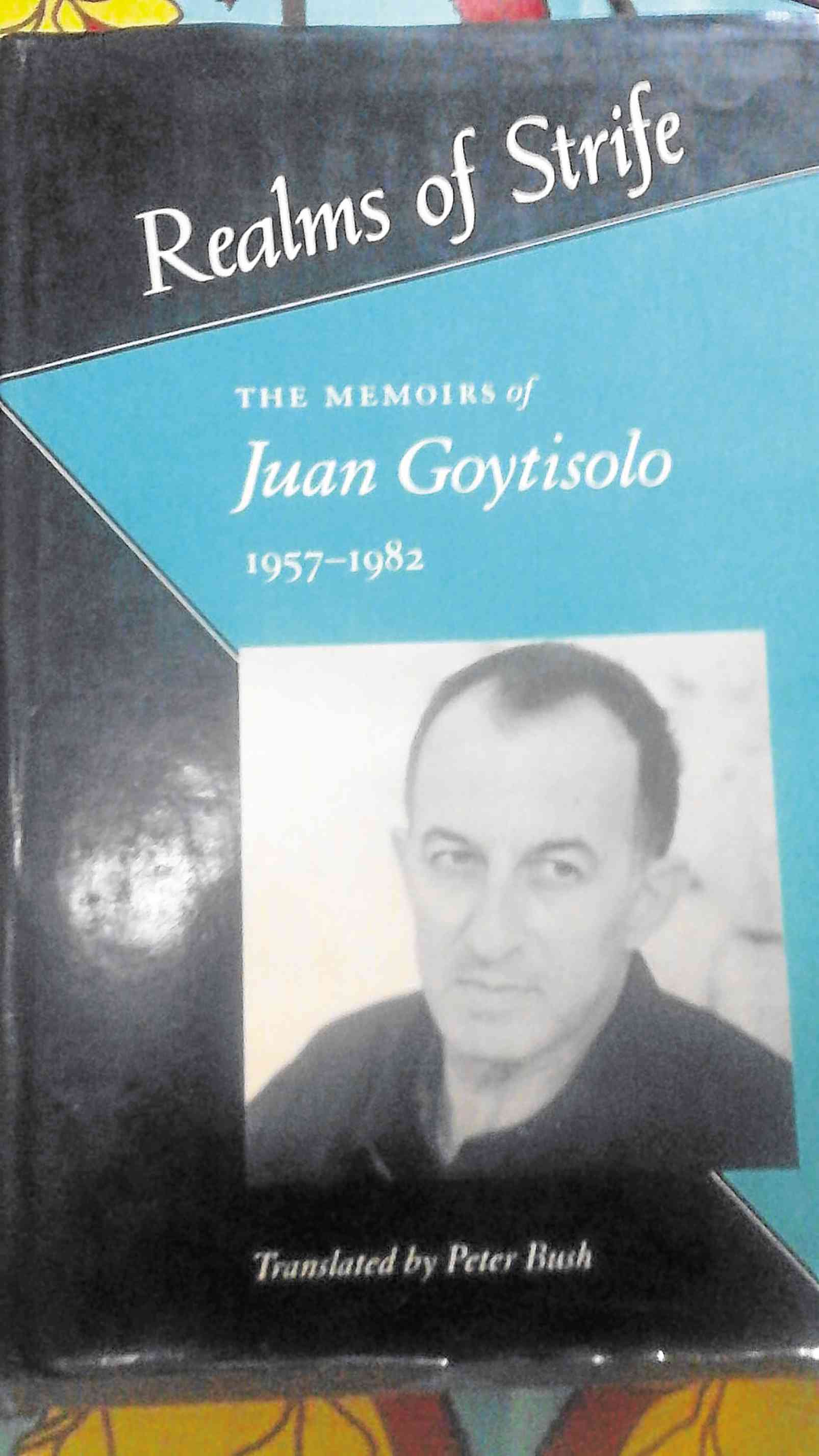
The names Juan Goytisolo, Jaime Gil de Biedma and Alfonso Ossorio are hardly household words in the Philippines, but in the case of the first two personages, they stand tall as writers in the annals of Spanish contemporary literature.
Ossorio, a Filipino-American painter based in the United States, was not a writer but a significant painter recognized in the international art scene along with Jackson Pollock and Jean Dubuffet, with whom he worked and associated with in the 1950s.
Ossorio has been resurrected only recently in the Philippine scene, with the auction of his works in the León Art Gallery, as well as a play by Floy Quintos on “The Angry Christ,” depicting his masterpiece in the family-owned chapel of Victorias, Negros Occidental province.
Goytisolo and De Biedma were scions of the haute bourgeoisie in Spain who, while pursuing careers shaped by the politics and economics of their times, also used their considerable literary talents to carve out their respective niches in the literary world.
Translated
In 1963, Goytisolo was cited by the United Nations Educational, Scientific and Cultural Organization as the Spanish author most translated into various languages, second only to Miguel Lopez de Cervantes. Some consider De Biedma to be a worthy heir to Federico Garcia Lorca. His new approach to writing poetry, influenced by T.S. Eliot and W. H. Auden, made him bridge the gap between the old Romanticist Spanish writers and the post-Franco avant-garde movement called the Movida, which he prefigured.
A quarter-century separates the deaths of Goytisolo and De Biedma, with the demise of the former only on June 4, 2017 and the latter on January 9, 1990, although their friendship dated back to 1948. They shared not only a common interest in the written word, but also an obsession with Spain’s place in the world and its entanglement in places such as Cuba and the Philippines.
Goytisolo’s engagement with the Paris-based leftist group opposing the Spanish government under Generalissimo Francisco Franco stemmed from having his interest piqued by his greatgrandfather’s owning slaves in Cuba.
De Biedma, a trained lawyer, worked as the secretary-general for the Barcelona-based CGTC, or Tabacalera, as it is known in the Philippines. His great-grandfather had worked for this corporation for the first Marques de Comillas (after whom a street bordering Tabacalera had been named in San Marcelino, Manila City).
Groomed to succeed his father Luis Gil de Biedma as president, he wrote “Retrato del Artista en 1956,” which is part personal diary and part official report on his stay in the Philippines. The unexpunged version, which contained portions which would have shocked his family and the public, was only printed years after his death. The memoir is a valuable testimony to the social and artistic milieux of the Philippines in that era.
Among his Filipino friends were those from the art world —David Cortes Medalla, Fernando Zóbel and Federico Aguilar Alcuaz. He also had a series of male Filipino lovers, invariably from the lower classes. As noted by Gaspar Vibal, the poet was “attracted to them because of the largely asymmetrical relationship and their incongruous differential in power and class.”
Unease with racism
De Biedma stayed in the prestigious Luneta Hotel in 1956, where the Spanish Embassy has recently unveiled a commemorative plaque. He also visited the Tabacalera properties such as Hacienda Luisita, as well as sites in Bacolod and Cagayan. He openly expressed his unease with the racism of the older Spanish officers of the Tabacalera, the failure to give Filipinos corresponding positions of responsibility and the exploitation of Filipino workers in the tobacco plantations and factories.
To the disappointment of his parents, De Biedma failed to be elected president of Tabacalera, partly due to the rumors that circulated about his double life. Tabacalera today has been disbanded and is no longer the powerful multinational it was in previous centuries.
Like De Biedma, Goytisolo combined a deep social conscience and a vibrant literary career while struggling with his own homoerotic sexuality. This did not prove to be a deterrent to his wife Monique Lange, an editor at the Gallimard Publishing House, whom he stayed with until her death in 1976. His prose, as well as his memoirs recounting encounters with writers such as Jean Paul Sartre, Simone de Beauvoir, Jean Genet and Ernest Hemingway ensure him a niche in the literary world.
Filipino-Hispanic Ossorio moved in the same social circles as De Biedma and Goytisolo, being a scion of the Yango shipping clan and the Ossorios, with interests in the sugar industry. A graduate of Harvard University, he elected to stay in the United States and pursue an artistic career that was recognized by his peers.
He had a short-lived marriage to Bridget Hubrecht, after which he had a nervous breakdown. His garden in Long Island, The Creeks, where he lived with his lover Edward “Ted” Dragon, became famous for its array of exotic plants.
In the Philippines, Ossorio is now remembered for his singular masterpiece, “The Angry Christ,” notable for its integration of modern decorative elements with its stark architecture. Depicting Christ triumphant and in judgment, it is the Philippine riposte to da Vinci’s Last Supper in Milan.
Sources: Parnaso Filipino, “Gil de Biedma in the Philippines, Prose and Poetry,” Vibal Foundation, Quezon City, 2016 “Realms of Strife, The Memoirs of Juan Goytisolo, 1957-1982,” North Point Press, San Francisco, 1990
Note: The Instituto Cervantes de Manila at Ayala Tower One, Ayala Avenue, Makati City (www.manila.cervantes.es) has further literature on Jaime Gil de Biedma and Juan Goytisolo.









































